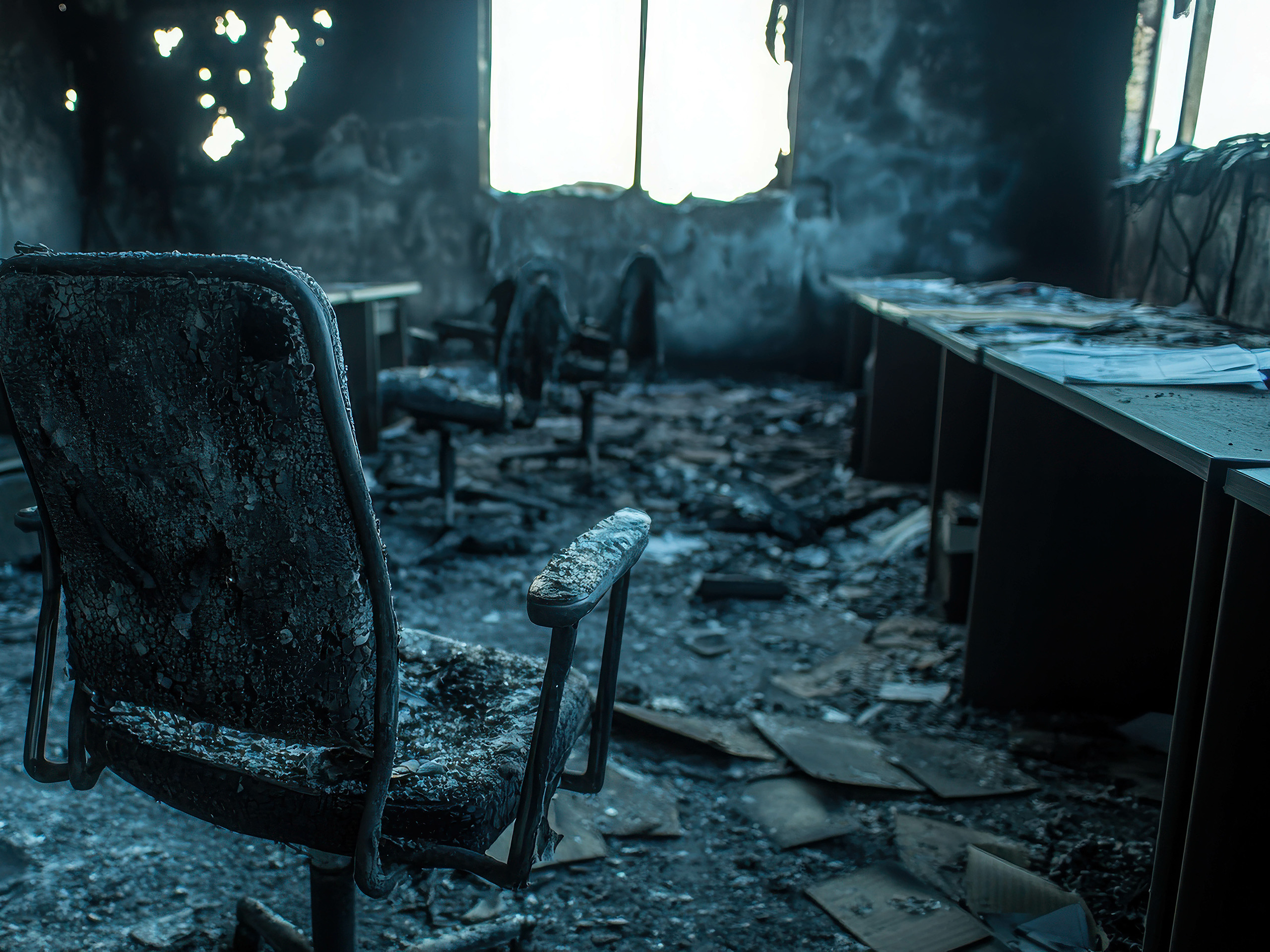Baseboard heaters are a popular choice for home and business owners as the weather gets colder. Not only are they an excellent alternative to their furnace cousins, but they can also save you a lot of money in terms of energy use. But that’s not to say baseboard heaters are without problems. When they fail to work properly, your electric bill might be sky high or you may suffer from improper heating. Luckily, you can troubleshoot baseboard heat failures with ease. However, if you’re not comfortable doing it yourself, don’t hesitate to bring in the professionals.
- You smell burning: It can be scary when your baseboard heater begins to emit the smell of burning. This can actually be normal, though, and is due to the lubricant inside your heater burning as the temperature rises—so don’t panic. Keep an eye on your baseboard heater to make sure there are no additional problems. The smell should dissipate within about an hour. If it lasts beyond 60 minutes, turn off the heater and call a professional to inspect it for other issues.
- Your baseboard heater turns itself off automatically: This is annoying—but it doesn’t necessarily mean you need to call in a professional just yet. Some baseboard heaters have defective thermostats. So if it runs for a while and then turns itself off, a defective thermostat might be the problem. Many times you can set your thermostat at a higher temperature to avoid this problem. But if you do and it is still turning itself off, you probably need to replace your unit.
- A room is not being adequately heated: A baseboard heater isn’t much use when it isn’t heating a room. But it may not be because your baseboard heater is broken. Check to see if you have furniture, drapes, or other household items blocking the heating unit. If so, move them several inches away to give your baseboard heater adequate room. Not only should this help warm up your room, but it also reduces the risk of fire. As with space heaters, you should never have anything directly in front of your baseboard heater that could catch fire, such as blankets, pillows, curtains, and similar items.
- Your baseboard heater won’t turn on: This is a common problem, but it’s often one of the easiest to solve. If your baseboard heater won’t turn on, check your breaker to make sure it hasn’t tripped. If it has, and has done so repeatedly, it’s time to change out the breaker, as it may be old or faulty. Call in a professional electrician to help you with this job if you’re not sure how to do it yourself.
Baseboard heaters are an excellent heat source in cooler months. And with the tips we’ve shared above, you can keep your baseboard heater working all season long. Don’t forget that if troubleshooting your baseboard heater yourself is difficult or uncomfortable, you can always call in the professionals.











